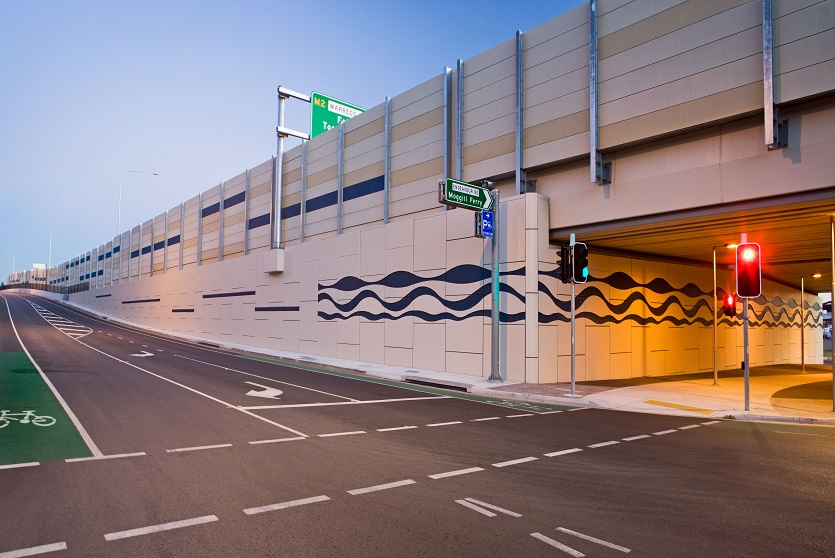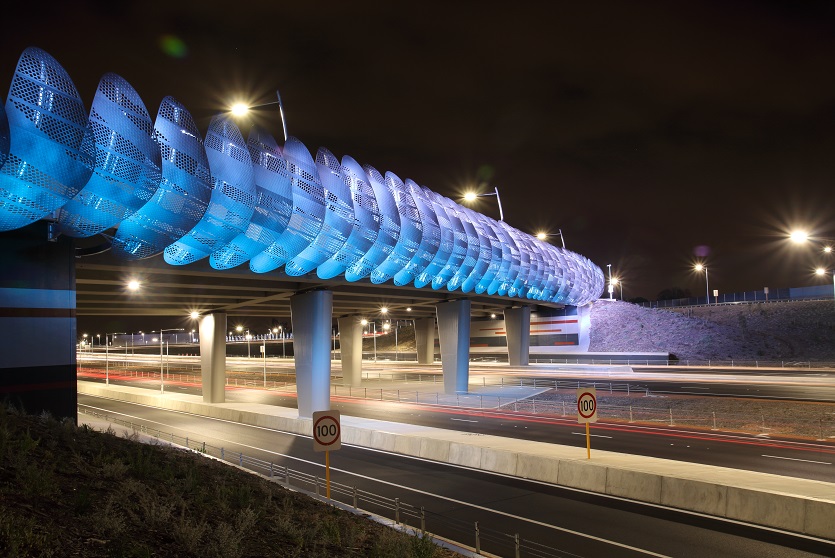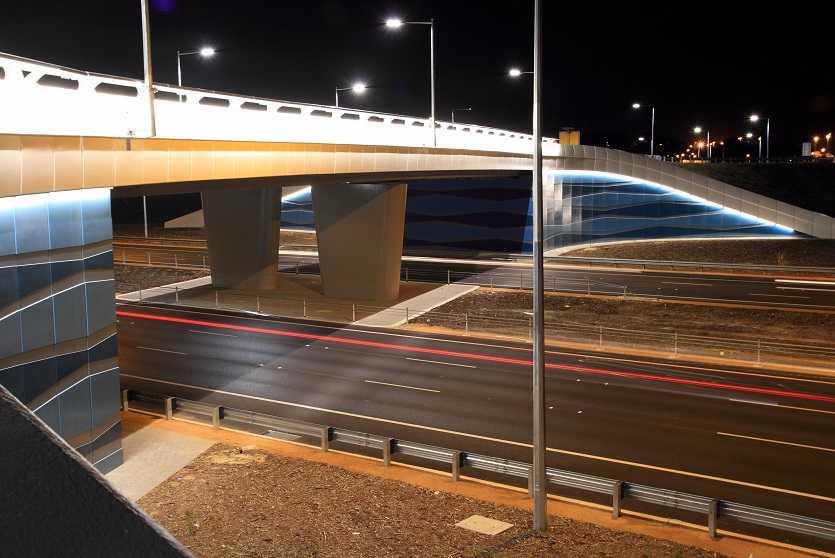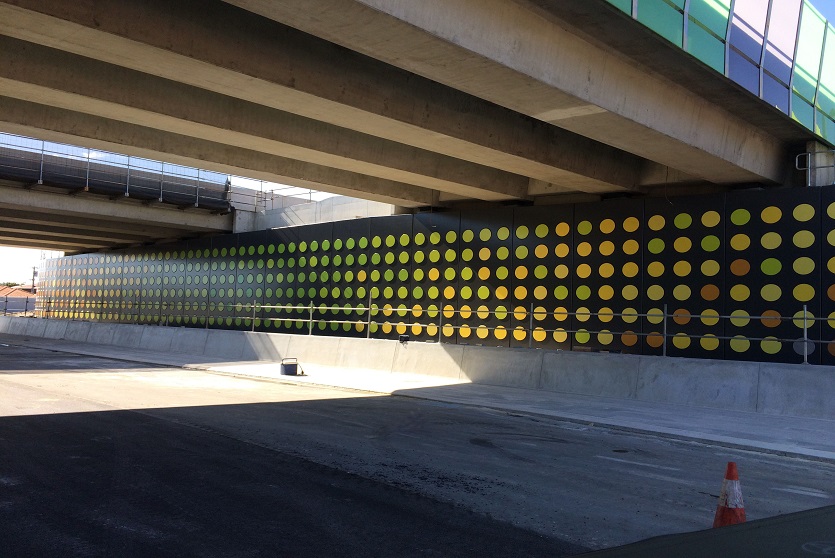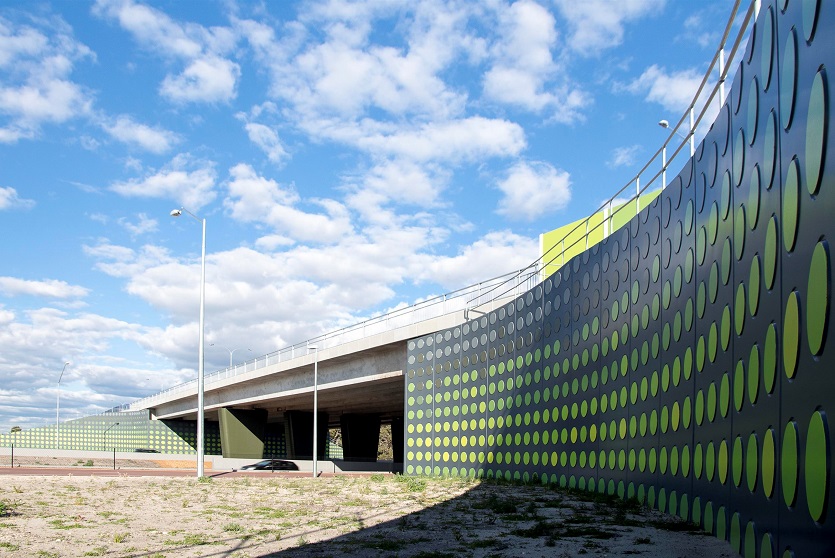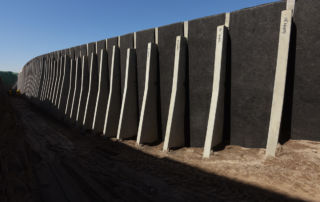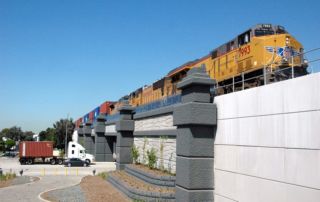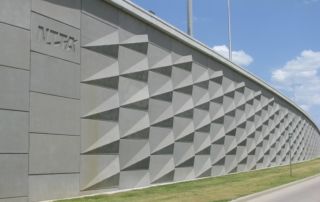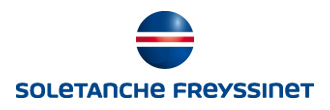As with many other applications that have been developed using Reinforced Earth® MSE walls, constructing bridge abutments with Reinforced Earth® was conceived by engineers early on.
Early R&D quickly advanced applications for road and railway construction. Now 50 years later, having MSE abutments in service at thousands of projects on five continents, innovations and improvements for using this technique are still advancing. The MSE abutment solution is now regularly used for building three different types of bridge abutments, described below:
- “True” or “Pure” abutments: the most optimal solution when highly competent foundations exist. The primary bridge structure is founded on a spread footing directly supported by a reinforced soil retaining structure, absent piles.
- Mixed Abutments: the most common type of MSE abutment being a bridge structure founded on a footing on piles with a reinforced soil retaining structure providing earth retention only.
- Integral Abutments: a result of ongoing development, an integral bridge abutment is modeled as a monolithic structure. The support beams and abutment are joint-free, without bearings to support the bridge deck, resulting in maintenance cost savings.
Engineering Expertise
Working with your bridge designers, our professional engineers optimize the design of your bridge walls by conceiving the best geometrical and material solutions. We will analyze internal and external stability to meet the long-term service life requirements for your bridge.
Our thorough review of your site conditions will consider and compare cost-saving alternatives for building your bridge abutments using Geoquest retaining wall solutions.
With historical success as the engineer’s choice to use Reinforced Earth® MSE for constructing bridge abutments, these structures, whether temporary or permanent are built using engineered backfill which is reinforced with a choice of engineered soil reinforcements connected to any one of a wide choice of facing elements including concrete panels, steel panels, or wire mesh.
This precast modular concrete “T”-shaped gravity wall is an excellent solution to build bridge abutments. The solution is perfectly adapted to support heavy dynamic loads (particularly railroads). Requiring an overall lower backfill volume as compared to other modular wall alternatives, cost savings are “built-in”. The potential to use onsite soils, as well as recycled and lightweight fill materials as backfill adds to the T-Wall® advantage.
For building in narrow or restrictive rights-of-way on either the fill side or frontage side or both, this precast concrete counterfort retaining wall alternative is built by assembling full-height narrowly placed units. Because the counterforts are optimally reinforced, the moments in the facing panel are minimized, and relatively thin. Full-height concrete facing panels are integrated with an optimized cast-in-place footing.
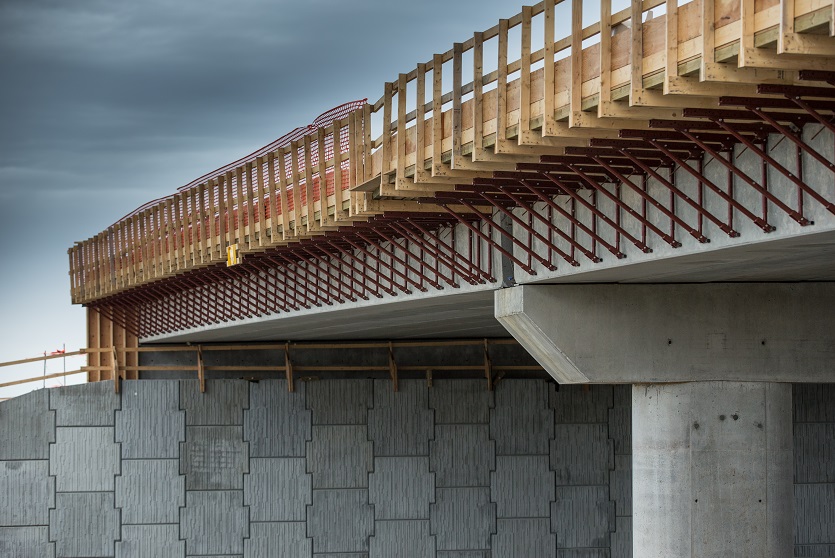
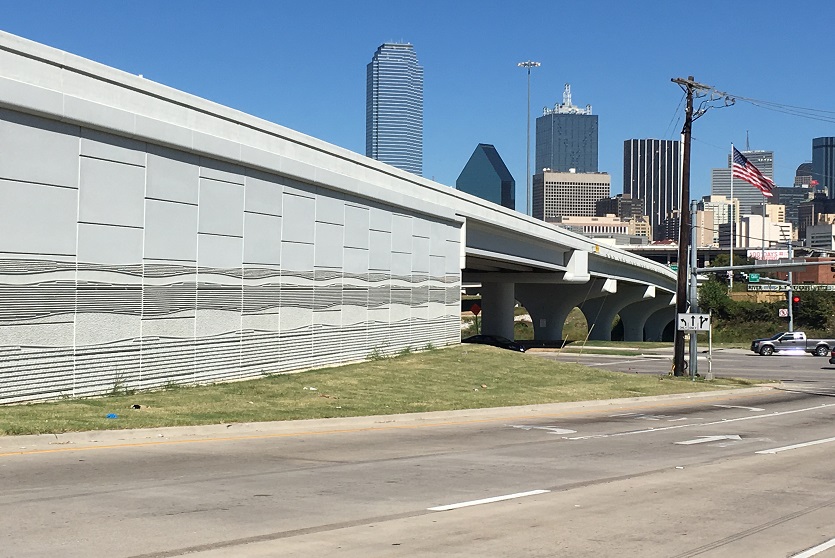
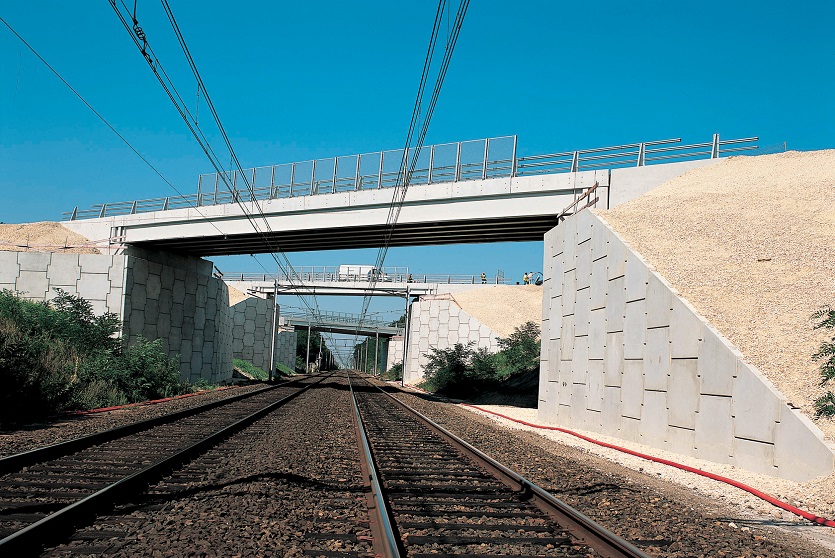
Many architectural finish options are available allowing to customize structures and to prefabricate facing element with an attractive rendering.
Designing bridge abutments for all sectors
Over the years, Geoquest has worked with clients from various sectors all around the world. While most widely used as part of transport infrastructure such as roadway and railway, Geoquest bridge abutments can accommodate various types of dynamic loading including heavy industrial use and for hydraulic crossings built to cross rivers and waterways.

